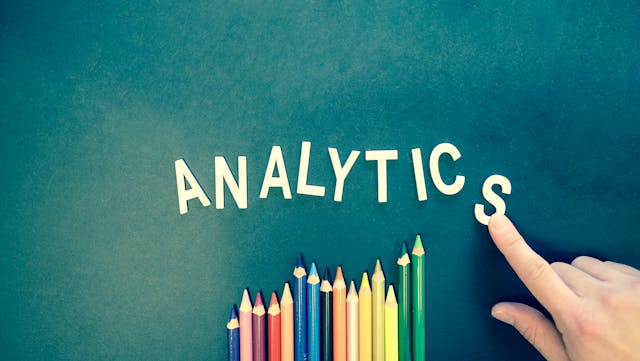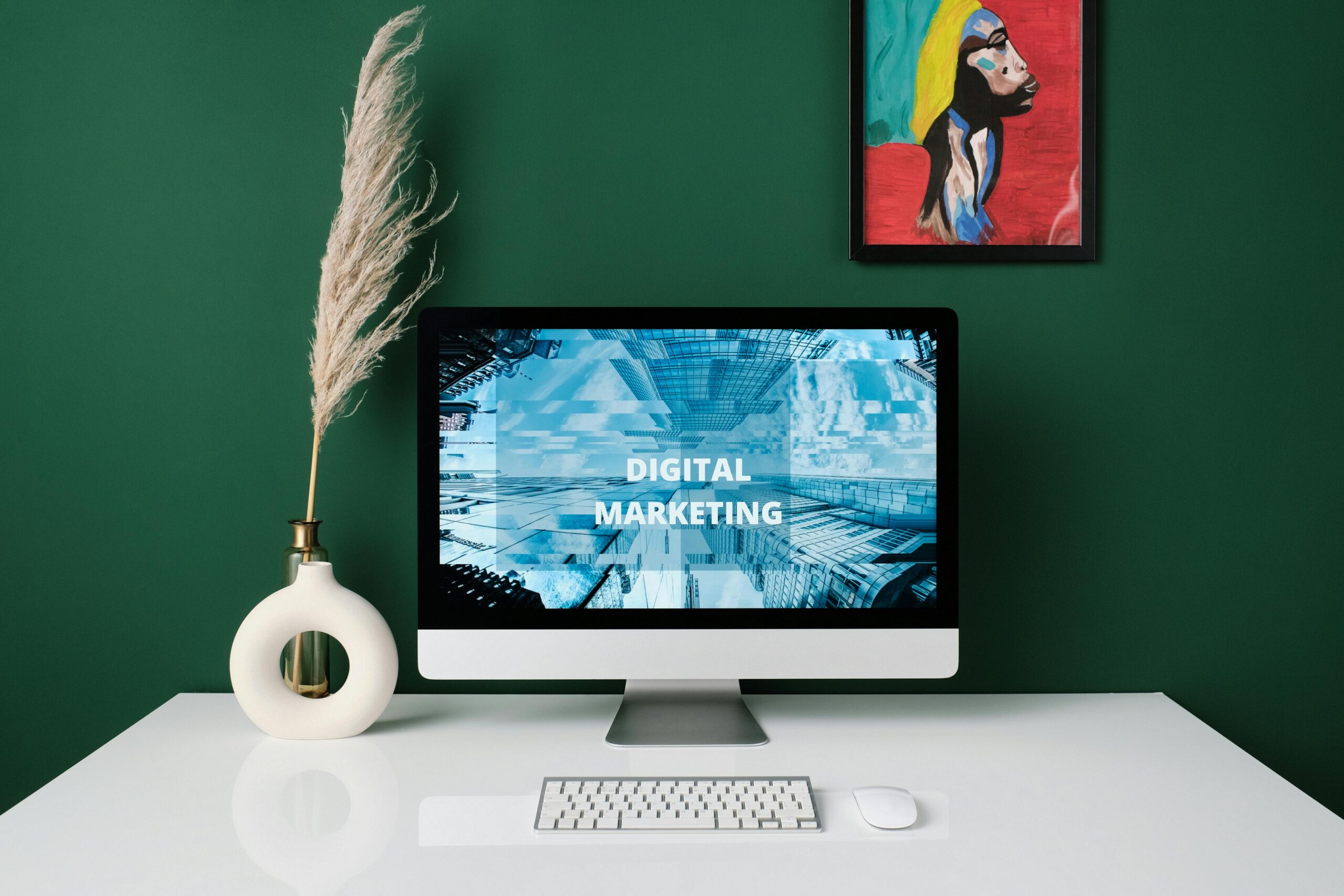The Artful Analyst: How Art and Digital Analytics Create the Perfect Balance
In a world that’s becoming increasingly data-driven, it’s easy to overlook the vital role that creativity plays in technology-based careers. Digital analytics, often seen as a strictly analytical and numbers-heavy field, might seem worlds apart from artistic pursuits. But what if I told you that art and digital analytics are not only compatible—they actually enhance each other in powerful ways?
This is the story of how blending creative expression with data-driven insight can create a fulfilling and dynamic career.
The Art of Seeing Patterns
At its core, digital analytics involves tracking, measuring, and interpreting data to drive strategic decisions. While technical know-how is essential, the heart of digital analytics lies in the ability to see patterns—and pattern recognition is something artists excel at. Whether through painting, design, or photography, an artist’s eye is trained to notice nuances, contrasts, and relationships between elements.
Just as an artist takes raw materials and transforms them into something meaningful, a digital analyst takes raw data and turns it into actionable insights. Both rely on vision and interpretation. In this way, the work of an artist and an analyst isn’t all that different.
Creativity Meets Problem-Solving
Creativity is often linked to innovation, and that’s exactly what the best digital analysts bring to the table: innovative solutions to complex problems. Artistic thinking nurtures a more flexible approach to problem-solving, allowing you to consider unconventional angles when analyzing data or presenting findings.
When you approach digital analytics creatively, you’re not just crunching numbers. You’re telling stories with data, painting a picture of what’s happening behind the scenes of a website, an app, or a marketing campaign. A creative flair helps make your insights more engaging, understandable, and—most importantly—actionable.

Data Visualization: The Intersection of Art and Analytics
One of the most obvious ways that art meets analytics is through data visualization. In this field, it’s not enough to provide accurate data; you have to communicate it effectively. Data visualizations that are poorly designed can confuse audiences, while well-designed ones can illuminate key trends, opportunities, and insights.
This is where your artistic side comes into play. Color theory, balance, composition—all of these visual art principles help create clear and compelling charts, graphs, and dashboards that can transform complex datasets into beautiful, intuitive visuals. Your audience, whether it’s a client, a boss, or a stakeholder, will appreciate the clarity and elegance you bring to their data.
An Eye for Detail, A Passion for Precision
Both artists and digital analysts share a commitment to precision. Whether you’re adjusting the details of a painting or tweaking a data model, the small details make a big difference. In art, the placement of a single brushstroke can change the entire tone of a piece. In digital analytics, small changes in metrics can shift business strategies.
The blend of an artist’s attention to detail and an analyst’s focus on precision ensures that the work is both accurate and meaningful.
Building a Career That Celebrates Both Sides of the Brain
If you’re passionate about both art and analytics, you don’t have to choose between them. In fact, combining these fields can make you a more well-rounded and innovative professional. It’s about leveraging the skills you’ve developed through artistic exploration—creativity, visual thinking, attention to detail—and applying them to data-driven roles.
As someone who’s built a career as an Artful Analyst, you’ll find that the combination of these two seemingly distinct fields gives you a unique edge. You can create visual stories that bring data to life, solve problems with creativity and precision, and communicate your insights in ways that resonate with your audience.
Final Thoughts: The Future is Creative
In a fast-evolving digital landscape, the future belongs to those who can adapt and innovate. The demand for digital analysts is only going to grow, but the need for creative, out-of-the-box thinkers will always be in demand. By combining your artistic sensibilities with the analytical skills needed for a data-centric career, you’ll set yourself apart as a professional who understands both the numbers and the narrative behind them.
So, embrace the balance. Let your artful side inform your analytical work, and watch your career flourish in ways you never imagined.

